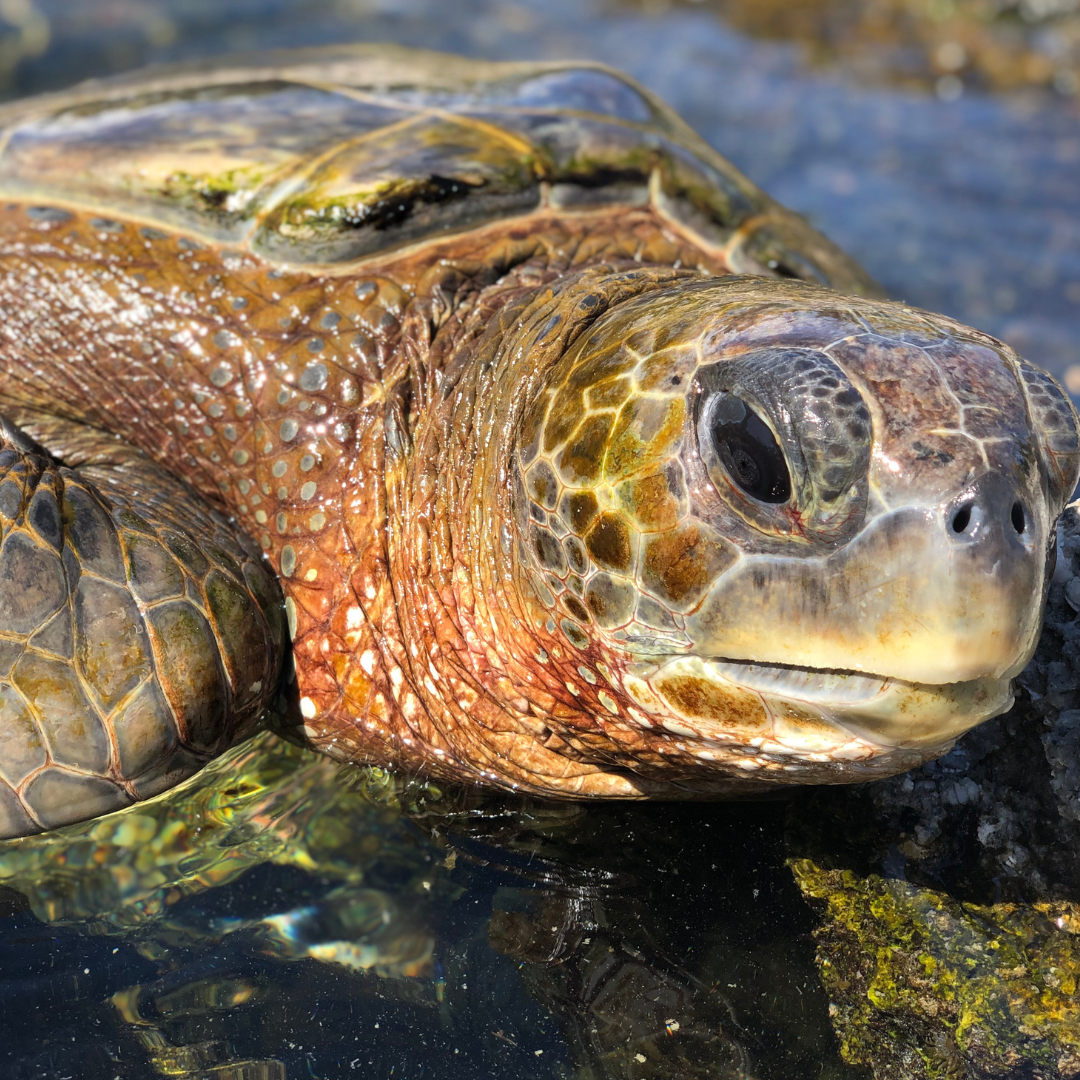The Incredible Journey Home: Understanding Sea Turtles and Natal Homing
Imagine embarking on an epic journey spanning thousands of miles, navigating vast oceans with pinpoint precision, only to return to the exact stretch of beach where your life began. This remarkable feat is a reality for sea turtles, thanks to a phenomenon known as natal homing.
Natal homing is the extraordinary ability of sea turtles to return to the same stretch of coastline where they hatched to lay their own eggs decades later. This remarkable behavior has puzzled scientists for centuries, as it defies conventional notions of animal navigation and memory. How do sea turtles, which spend the majority of their lives at sea, find their way back to a specific stretch of coastline with such precision?
While the exact mechanisms of natal homing remain a subject of scientific inquiry, researchers believe that sea turtles primarily rely on earth’s magnetic field to find their way home. By imprinting on the intensity and inclination angle of the magnetic field at their natal beach during their initial journey to the sea as hatchlings, sea turtles form a mental map that guides them back to their birthplace years later.
Conserving local beaches is essential for the survival of sea turtles and the preservation of natal homing behavior. These coastal habitats serve as crucial nesting grounds where female turtles return year after year to lay their eggs. By protecting nesting beaches from development, pollution, and human disturbance, we can ensure that sea turtles have a safe and suitable environment to continue their life cycle.
Despite their remarkable adaptations, sea turtles face numerous threats in today's world. Habitat destruction, coastal development, pollution, climate change, and incidental capture in fishing gear all pose significant risks to sea turtle populations and their nesting beaches. Each year, thousands of sea turtle nests are lost due to human activities, jeopardizing the future of these ancient creatures.
Fortunately, there are steps we can take to protect sea turtles and their nesting beaches. By supporting local conservation efforts, volunteering for beach cleanups, reducing plastic pollution, and practicing responsible coastal recreation, we can create safer environments for sea turtles to nest and thrive. Additionally, supporting legislation and policies that promote habitat protection and sustainable coastal development is crucial for long-term conservation success.
Natal homing is a testament to the incredible instincts and adaptations of sea turtles, allowing them to navigate the vastness of the ocean and return to their birthplace with uncanny precision. By conserving local beaches and reducing human impacts on coastal habitats, we can help ensure that sea turtles continue to grace our oceans for generations to come. Let's work together to protect these magnificent creatures and the precious ecosystems they call home.

